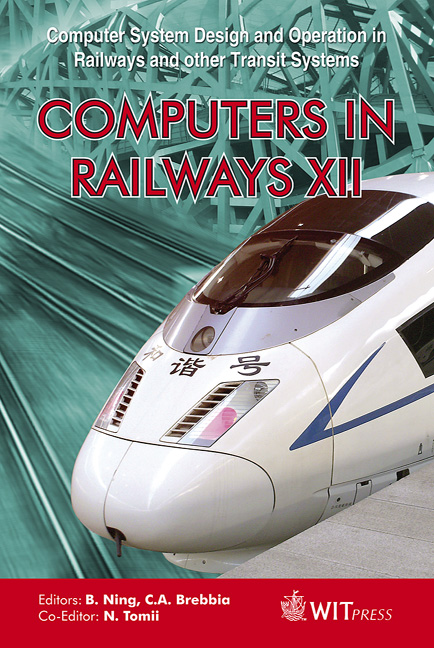A Method For The Improvement Need Definition Of Large, Single-track Rail Network Analysis And Infrastructure Using \“Rail Traffic System Analysis”
Price
Free (open access)
Transaction
Volume
114
Pages
7
Page Range
319 - 325
Published
2010
Size
809 kb
Paper DOI
10.2495/CR100301
Copyright
WIT Press
Author(s)
T. Kosonen
Abstract
A major change in Finnish rail freight transport flows caused a need to have a thorough capacity analysis of the network and a need to estimate how infrastructure should be improved to match the future traffic situation. For this purpose a new method was developed. Its main goals were to have an approach that combines different levels of traffic planning, is suitable for single track lines, takes into account the commercial aspects of the traffic and takes into account the network related dependencies. A large study was successfully done with the method and it showed that it could match its goals. Therefore, it was taken into regular use and it is integrated into the long term planning process of the Finnish rail network. Keywords: capacity, calculation, cost/benefit, single track, planning, network. 1 Introduction The total length of the rail network in Finland is about 5 900 km, of which about 90% is single track. Almost all of the track sections are mixed traffic, only a few sections are dedicated to passenger or freight traffic only. The annual amount of passenger trips is about 67 Mio and the total amount of annual freight is about 45 Mio tonnes. About 25% of all freight traffic is Russian-related. Recent changes in Finnish forest sector strategies and wood export customs decisions made by the Russian government had created a need for significant change in the Finnish freight transport system. Major traffic flows had to be
Keywords
capacity, calculation, cost/benefit, single track, planning, network





